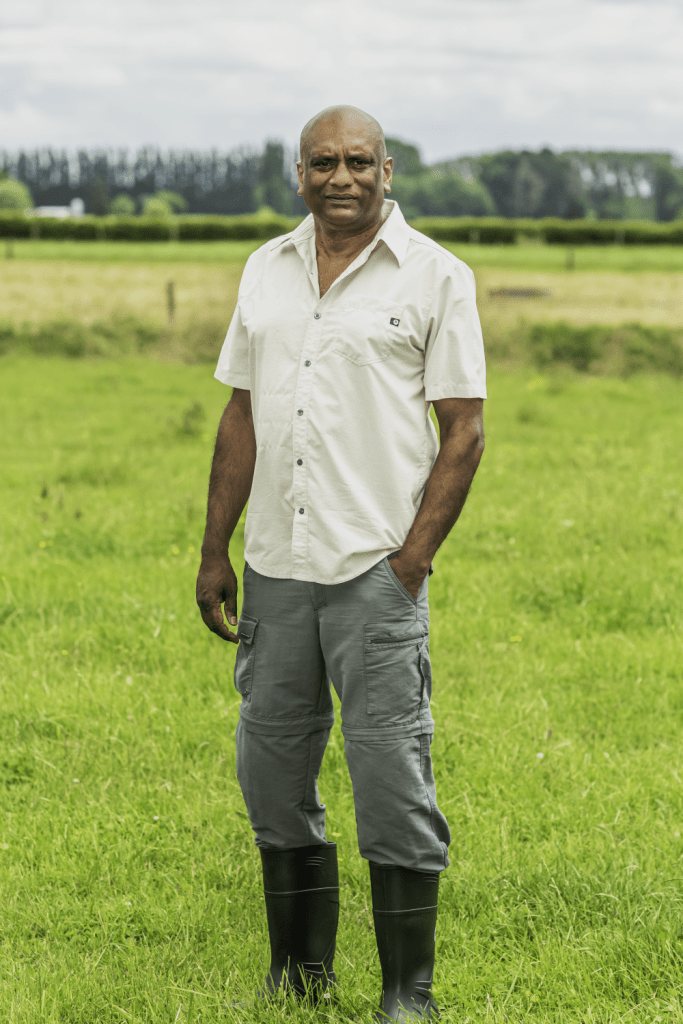The most economical forage for animals is good nutritious pasture which includes good energy, protein that is digestible and has fibre in it. The cost to produce pasture can cost between 2 – 6 cents per kilo of dry matter.
In order to achieve the above, you need to have adequate nutrients in the soil.
Farm’s profitability starts in the soil and getting this right will, without doubt, lead to great pasture and better soil health, i.e., it is aerated, it holds onto the nutrients, whatever is applied doesn’t leach and the right forage types. Having a variety of species of forage is beneficial i.e., grass, clover, herbs etc.
The importance of independent soil management and fertiliser advice is crucial rather than just someone trying to sell a product. There appears to be major conflicts of interest in this area. Large savings can be made if the advice is correct.
The 16 elements are required for pasture and animal health. In some cases, excess money is spent on elements that are not necessary and hence the importance of independent advice.
Soil management is an expert area and one which can lead to better profits.
Sampling is one of the crucial aspects of soil management. Soil is important at the start and pastures grown on this are essential for farm profitability. New Zealand is the best at converting pasture to milk and protein (meat) but there are still ways this can be improved.
New Zealand farmers have the lowest carbon footprint to produce meat and milk
Published research shows that NZ farmer’s carbon footprint to produce meat and milk is the lowest compared to other countries.
In the dairy sector, the emissions to produce 1 litre of milk have been estimated to be 0.9 kg CO2 when compared to the global average of 2.4 kg CO2 per litre of milk. In the NZ dairy sector, PKE was the main supplementary feed type used on farms. PKE though has the highest carbon footprint of any brought-in supplementary feeds.
NZ’s carbon footprint to produce beef is one of the lowest with ~9 kgCO2e/kg LW and NZ’s carbon footprint to produce sheep is the lowest at ~6 kgCO2e/kg LW. This is due to the NZ lower cost pasture grazed-based systems. Compare this to say in many parts of the world where pasture or crops are cut and carried and fed in a shed system.
Studies have shown for humans to have a balanced diet a component of milk and meat is required.
A lot is going on below the ground (leaching) so this has to be prevented and lead to greater profits.
Accurate testing is essential to ensure more efficient ways of nutrient uptake. There must be nothing limiting this process in the soil. Whatever is applied you must make sure the soil can hold onto this and that it is not leached.
Having a whole lot of fertiliser on top is only part of the process. Having knowledge of what is going on underneath the ground is critical to profitability.
Contact Gordon:
Email: rajendram@xtra.co.nz
Facebook: https://www.facebook.com/Gordon-Rajendram-Soil-Scientist-830978353759572/
Contact MediaPA:
Phone: 0274 587 724
Email: phillip@mediapa.co.nz
Website: www.mediapa.co.nz
Facebook: www.facebook.com/MediaPA
Twitter: twitter.com/NZ_MediaPA
YouTube: www.youtube.com/user/TheMediaPA
Pinterest: www.pinterest.com/NZMediaPA

